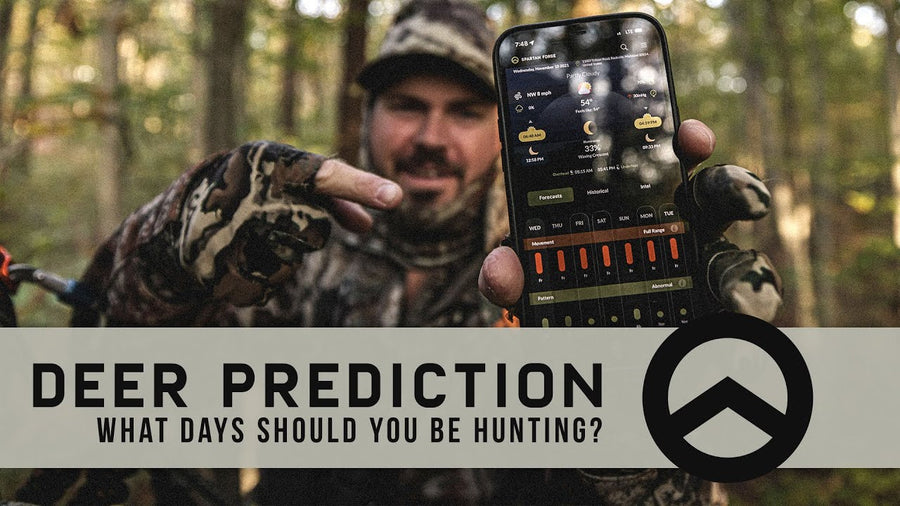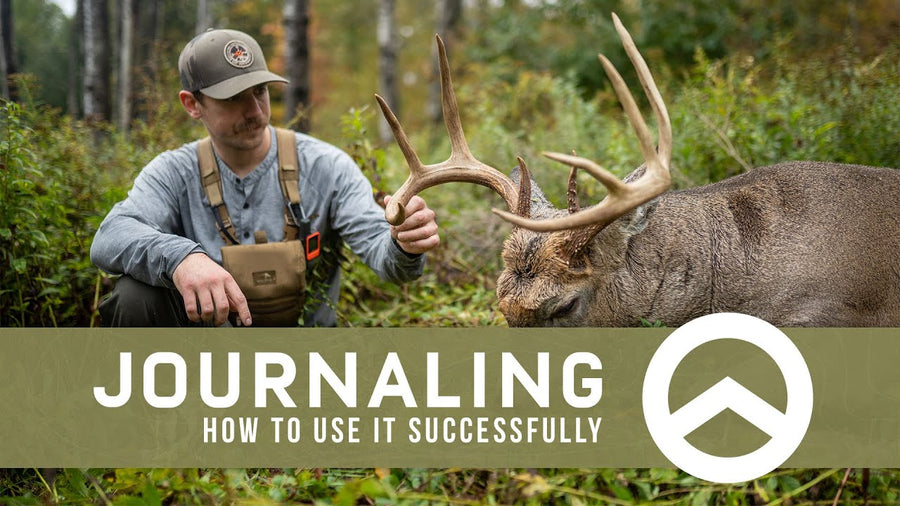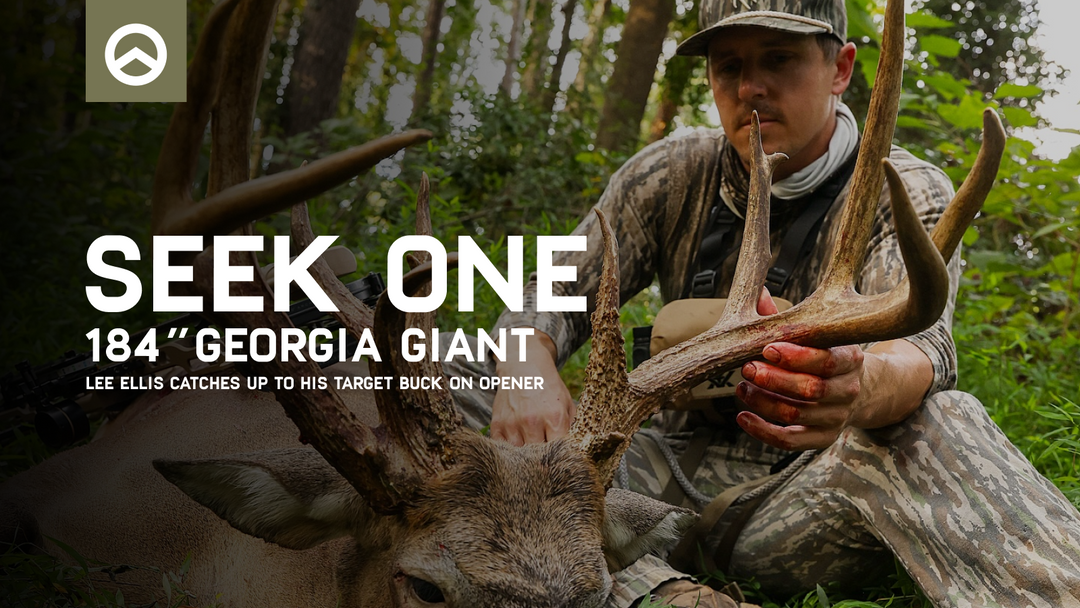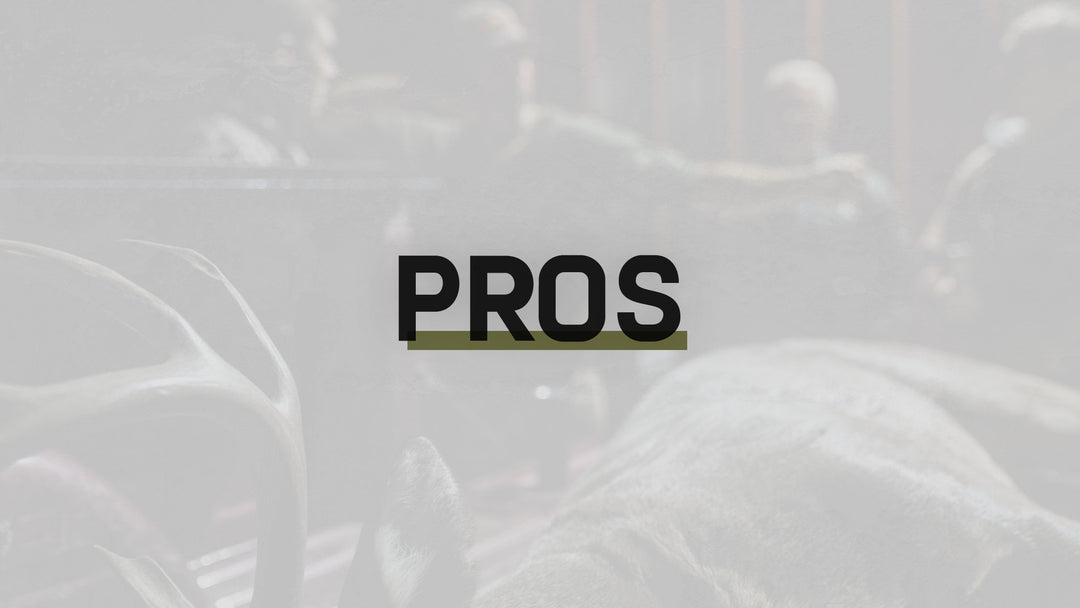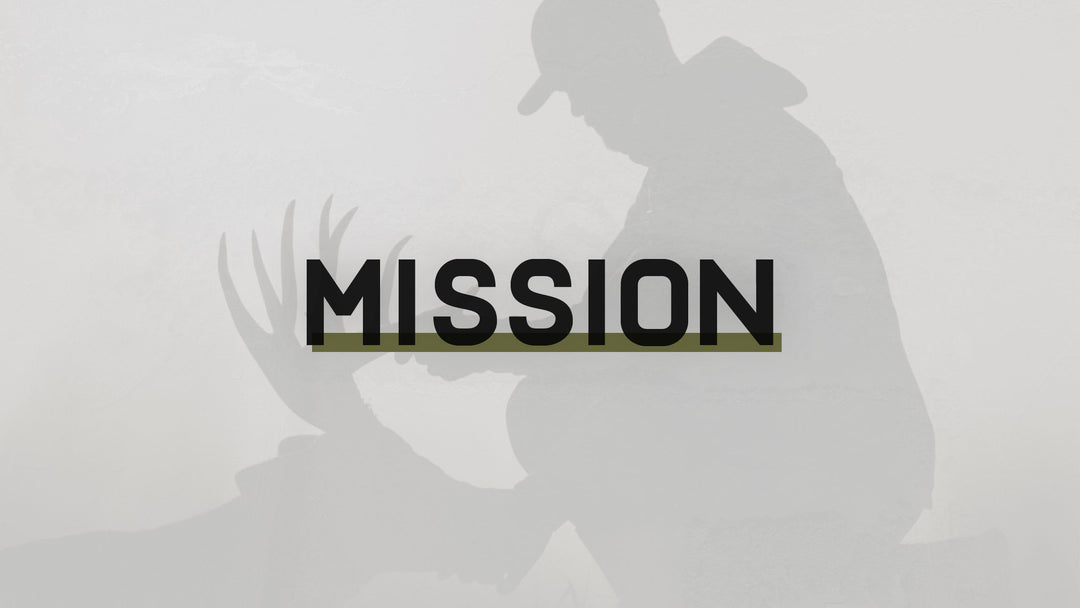Thinking Through Habitat Improvements
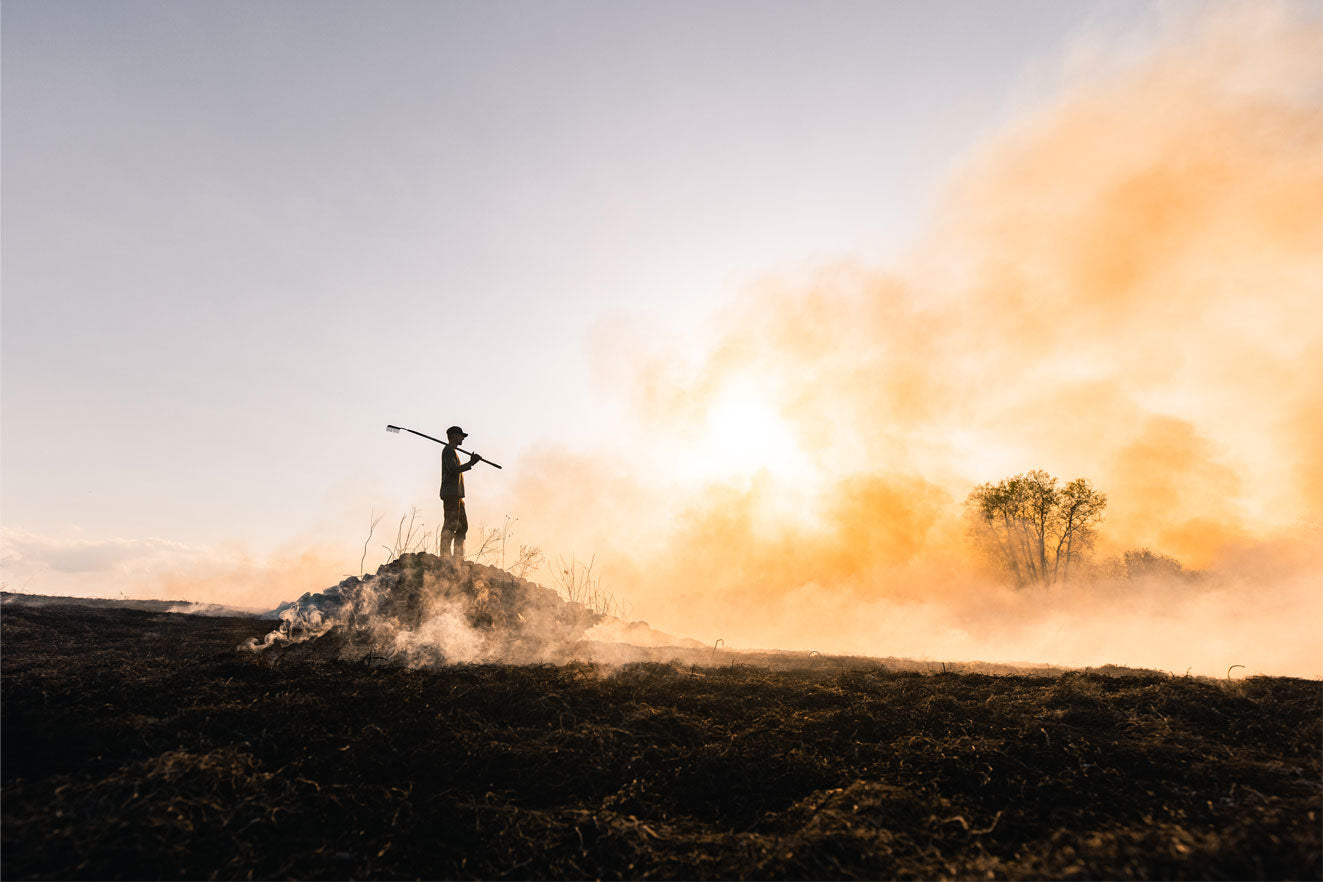
Creating Bedding Areas for Deer
Bedding areas serve as crucial sanctuaries for deer, providing security and refuge from both woodland predators and the two-legged variety. When done well, man-made bedding areas give deer a secure place to bed and browse all day as they wait for the sun to go down. Creating bedding areas gives us the kind of intel we usually spend all Summer trying to gain through scouting. We usually have to locate and follow the sign, looking for those individual beds deep in the cover. And if we’re lucky, we may come across a few good ones. Then, we have to build a strategy around how we believe the deer use them. But by creating our own, we can dictate, to some degree, the way they’re used, taking into account the prevailing winds, terrain, established travel routes, and our desired entry/exit routes. So, how do we begin creating a bedding area?
Start with the location. Look for areas that already offer a mix of cover and proximity to food sources. If the property you’re hunting is lightly pressured, creating a bedding area in close proximity to a known food source, whether a food plot or browse that’s natural to the area, such as white oaks or mixed vegetation, can give you a killer spot that can offer many different killing trees to set up for different wind/thermal conditions. There are several different ways to establish good bedding, but hinge cutting is one of the best because it serves multiple purposes, and it’s relatively easy, and extremely cheap. It just takes a little planning and a chain saw.

Hinge Cutting Trees for Bedding and Food
Hinge cutting is an effective technique that creates a dual-purpose habitat improvement. By partially cutting trees and allowing them to fall and remain connected to their stumps, you can create natural bedding areas that also provide a substantial amount of browse. Hinge cutting can also serve as a way to establish natural travel corridors and funnels, guiding deer movement through specific areas of your property. So, after you locate an area where you’d like to create or increase bedding opportunities, look at the terrain as it relates to the closest available food sources and determine the best possible travel routes you’d prefer deer to take to and from your bedding area. Then, hinge cut to block off certain routes, leaving only your preferred routes available. Deer may go out of their way to go a different route to and from bedding, but like us, deer are lazy and will mostly take the path of least resistance. So, if you plan well and guide deer through the easiest routes to bed/food, and those routes put the wind and thermals in your favor, your sightings and opportunities can increase dramatically.

Other Ways to Establish Man-Made Travel Routes
You don’t have to drop mature trees to establish preferred travel routes. Clearing paths through dense vegetation, connecting key areas such as bedding sites and food sources, can also produce the right results when done with wind, thermals, and entry/exit routes taken into account. You can also utilize man-made barriers like fences to channel deer movement in desired directions. Cutting a small portion out of an old fence that deer typically have to travel parallel to gives them a location to cut through, while giving you a pinch point to set up on.
Implementing Food Plots for Improved Nutrition
Food plots are one of the more expensive, but most effective habitat improvements for attracting and sustaining deer populations. By establishing well-planned food plots, you can provide a consistent source of nutrition that enhances deer health and promotes antler growth. There’s a bit of a learning curve to successfully creating food plots. It’s a little more involved than simply tilling the ground, throwing out seed, and praying for rain. But when done well, different crops can support your deer population from Summer to Winter. Giving deer food for replenishing calorie deficits incurred by the Rut can offer a lot of opportunities during the post-Rut when locating deer, especially mature bucks, can be an extremely tall task. If you’ve got the property and equipment for it, and the funds available, well-designed food plots are one of the most effective habitat improvements you can make on a property.
Utilizing Kill Plots
If you’re new to kill plots, it’s basically just a very small food plot. The difference between a kill plot and a typical food plot, however, is its location, specifically its proximity to security cover. Kill plots concentrate activity to a small area, typically less than an acre in size, which is especially ideal for bowhunting. Positioning a kill plot near thick cover within the timber gives deer a place they feel safe enough to feed just after leaving their beds or just before going back to them. And the size of a kill plot gives you the ability to shoot all the way across it, providing more opportunities than a much larger food plot. But given the small size, it’s critical that the wind/thermals are taken into account when choosing your entry/exit as well as tree selection. No-plow options that contain brassicas and clovers are great for planting kill plots where getting machinery in and out isn’t practical. Just make sure the plot will get plenty of sun light.
Add Water Sources
Deer oftentimes quench their thirst before heading to feed after leaving their beds in the afternoon, so adding a water source offers another way to create desired travel routes. Galvanized tubs from a farm-and-feed store can be buried level with the ground. This is also a great way to take inventory of the bucks in an area through use of a cell cam. And when buried with an uphill side, rainwater naturally helps to refill them.

Keep Your Eyes on The Bigger Picture
Creating habitat improvements for deer not only enhances their health and population, but also has a positive ripple effect on other species within the ecosystem within your property. By enhancing natural vegetation, establishing water sources, creating bedding areas, and implementing food plots, the overall habitat quality improves, leading to increased biodiversity and a thriving ecosystem.
The habitat enhancements you make for deer provide cover and food sources for a variety of wildlife species. This, in turn, supports the population growth of smaller mammals, birds, and insects, creating a more balanced and diverse community. To some, this may not matter much, but the bigger picture is that the more natural vegetation present, the better it is for nesting hens. The more insects, the more food present for turkeys in general. The more field mice and mole rats, the easier the meal for coyotes and bobcats, which can lead to lower fawn mortality rates. It all works together, so keep that in mind when planning out your improvements this year.
Written by Alex Killman at Southeastern Bowhunting
